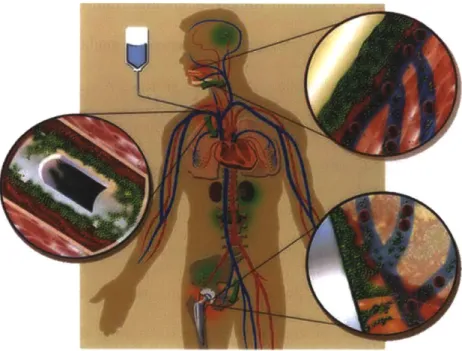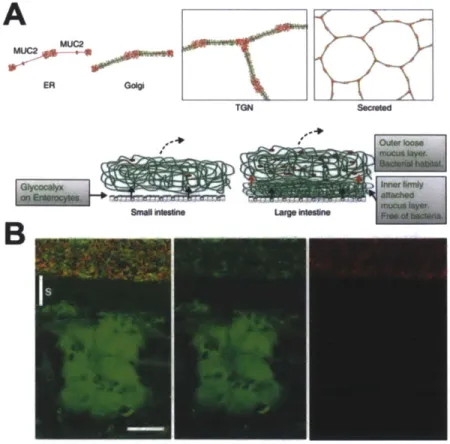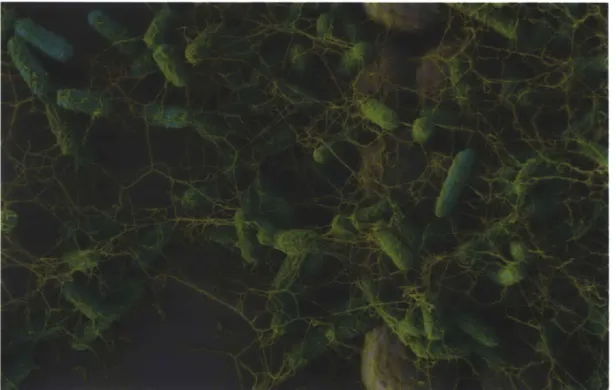Bacterial adhesion in structured environments
Texte intégral
Figure




Documents relatifs
In this study we used murine satellite cells (MSC) and their ability to differentiate into myotubes or early fat storage cells to select glycosylation related genes whose variation
Les résultats obtenus concernant l’étude de dénombrement des peuplements d’Anatidae a l’étang de Boussedra durant la période depuis 20 Novembre 2014 jusqu’au 21 Mars
Three F6-1 putative surface proteins with an LPxTG motif and domains that are known to be involved in bacte- rial adhesion were selected in order to test their involve- ment in
The aim of the present work was to determine the minimum surface cleanliness of aluminum substrates required for good and reproducible silicone rubber adhesion. Aluminum substrates
Copyright and moral rights for the publications made accessible in the public portal are retained by the authors and/or other copyright owners and it is a condition of
SEC-SECRETED PROTEINS INVOLVED IN BACTERIAL COLONIZATION Once translocated by Sec, secreted proteins can have radically dif- ferent locations in monoderm bacteria as they can either
pneumoniae LM21 genome, a total of eight potential CU fimbrial operons defined as polycistronic gene clusters containing at least one usher and one chaperone encoding sequence





